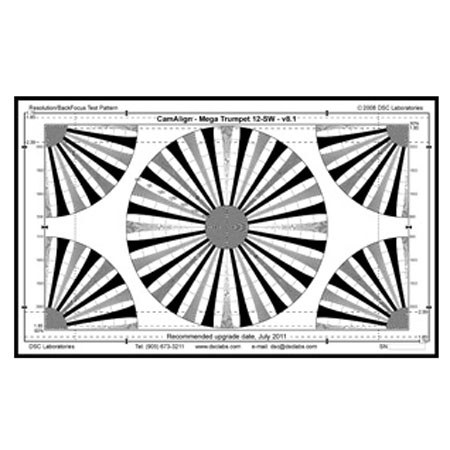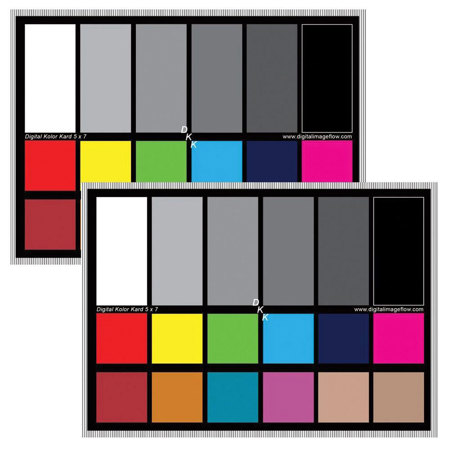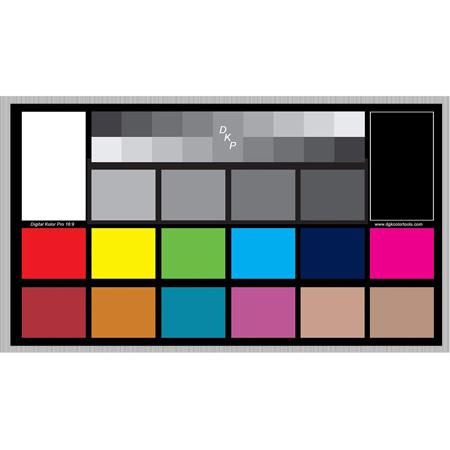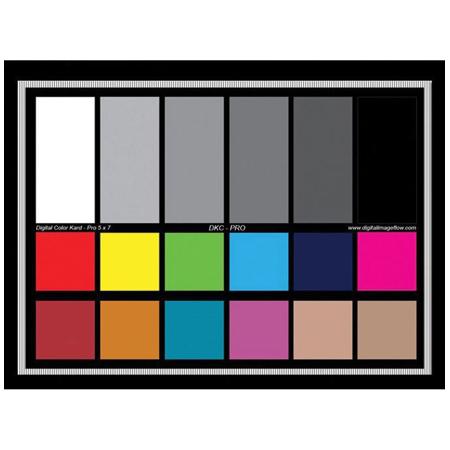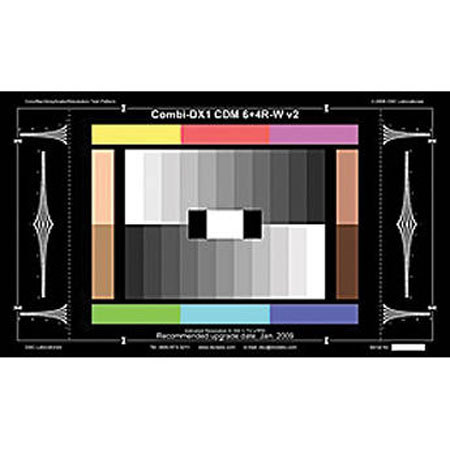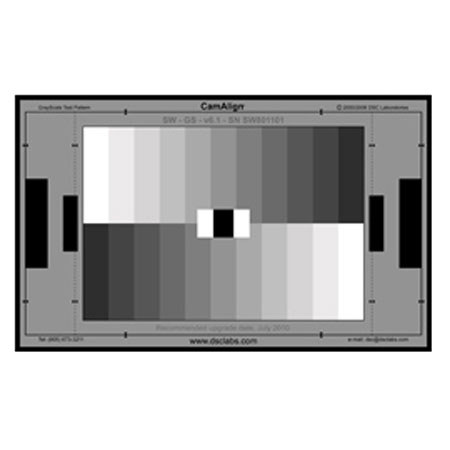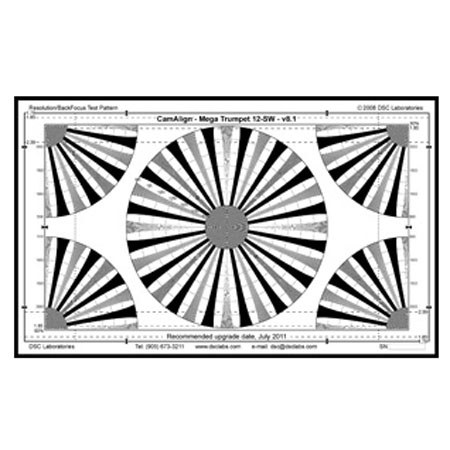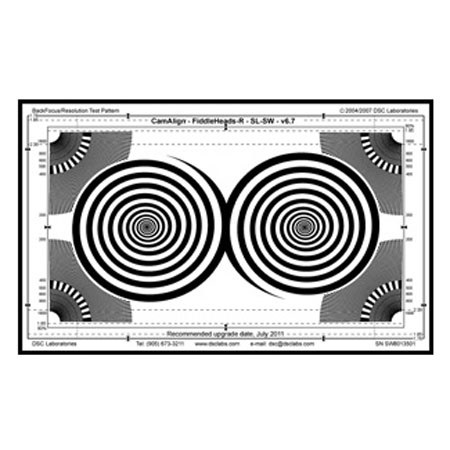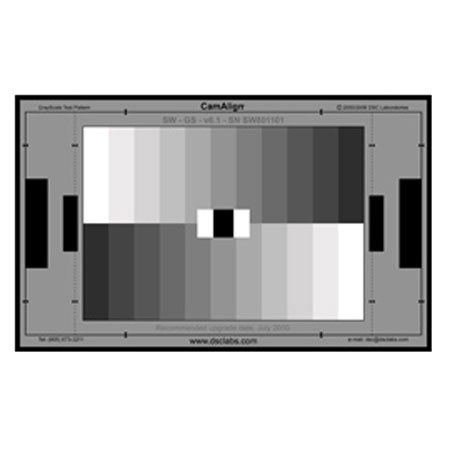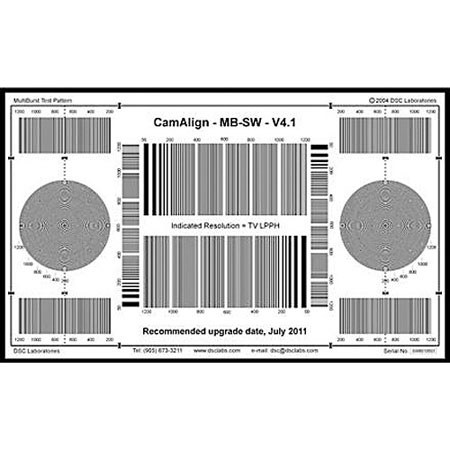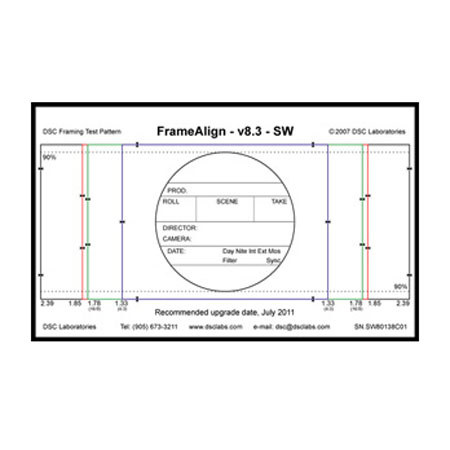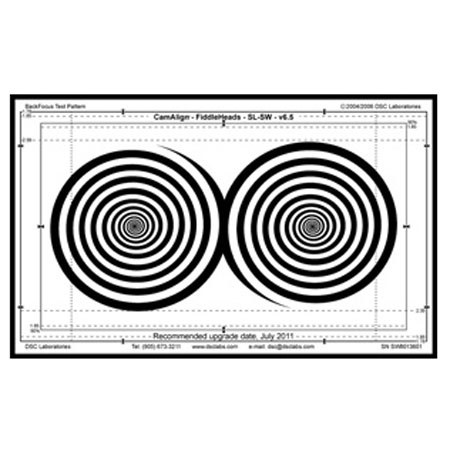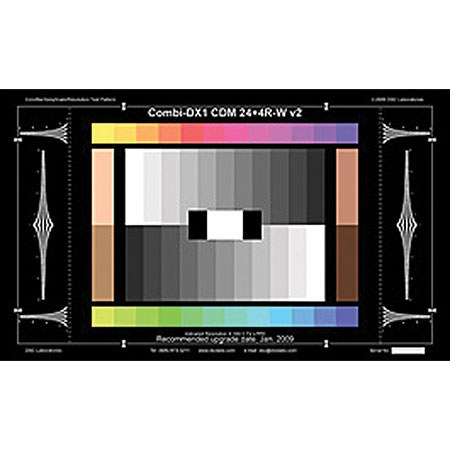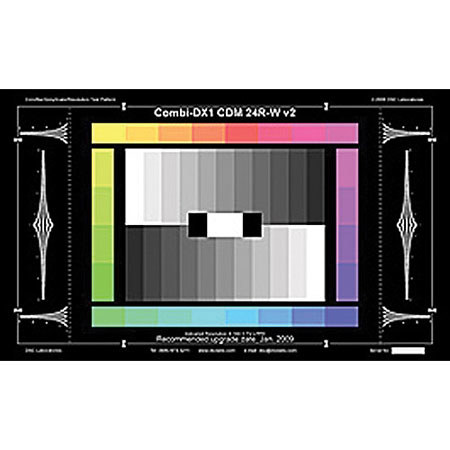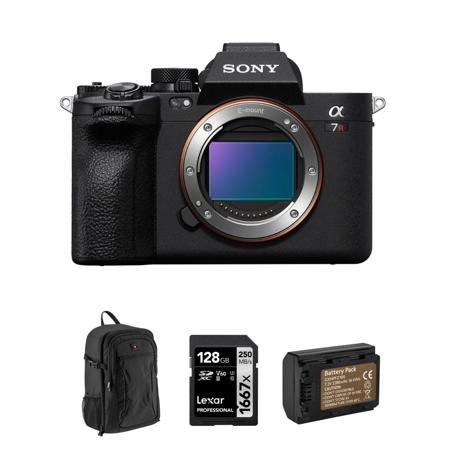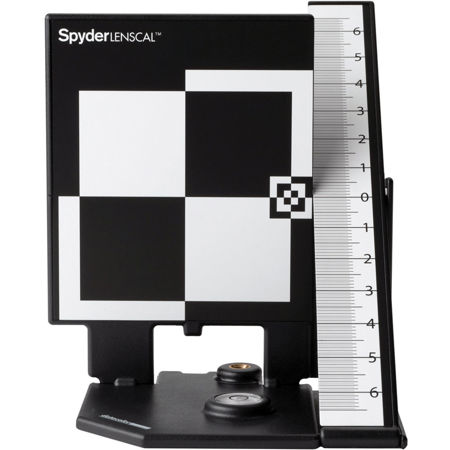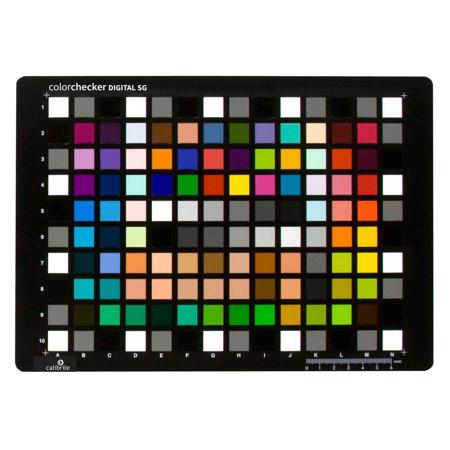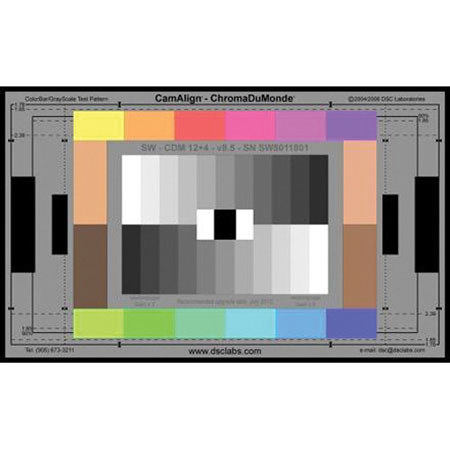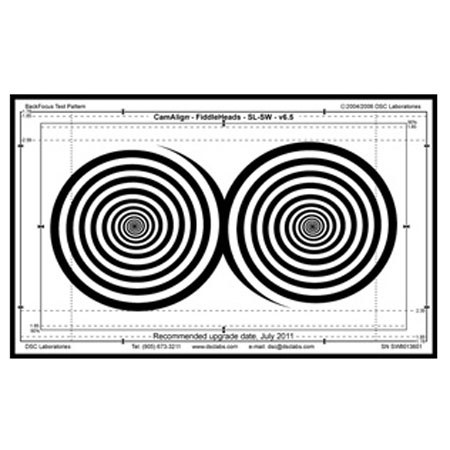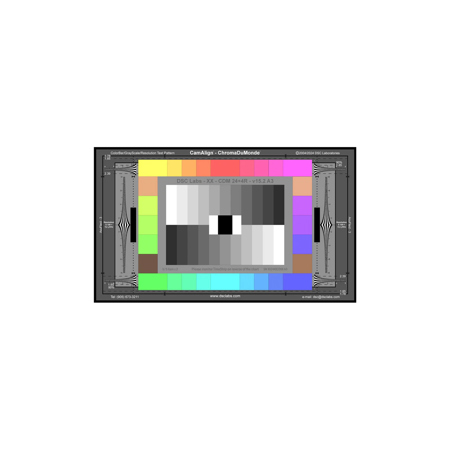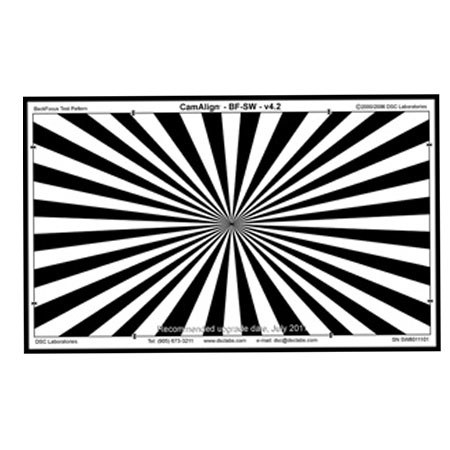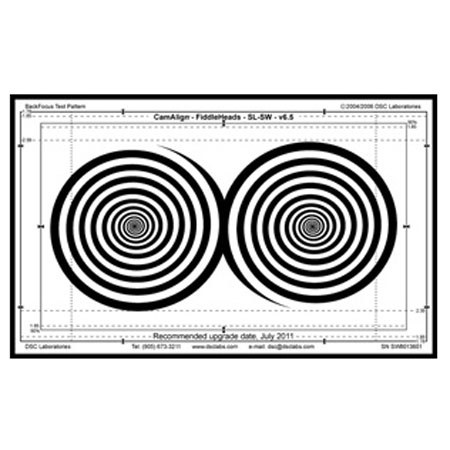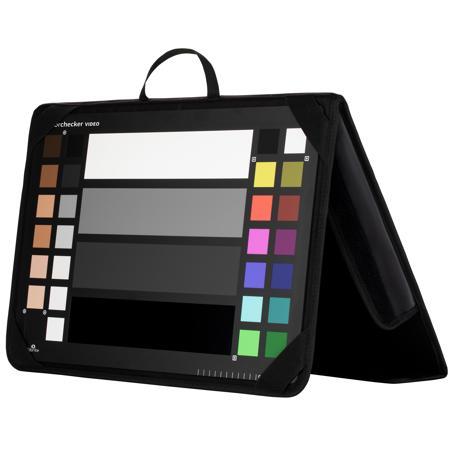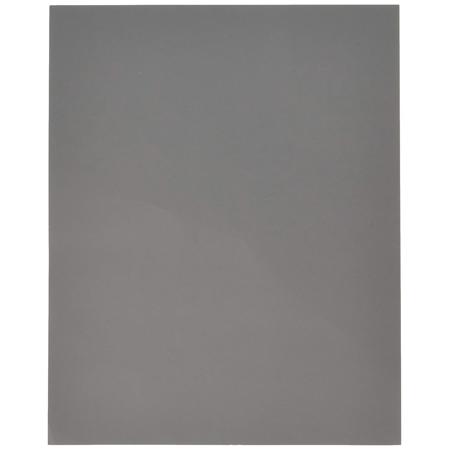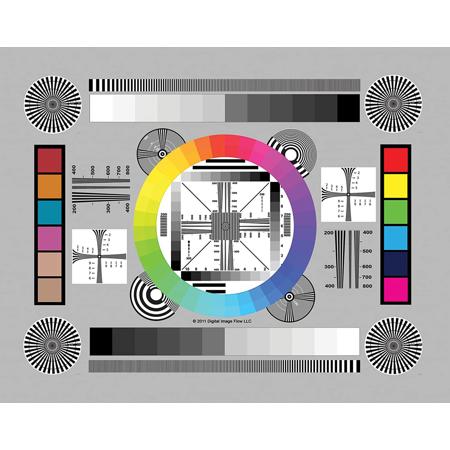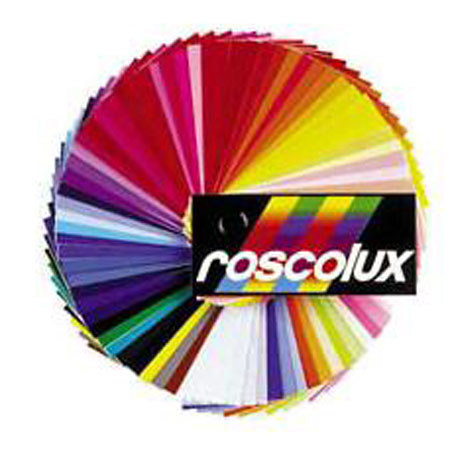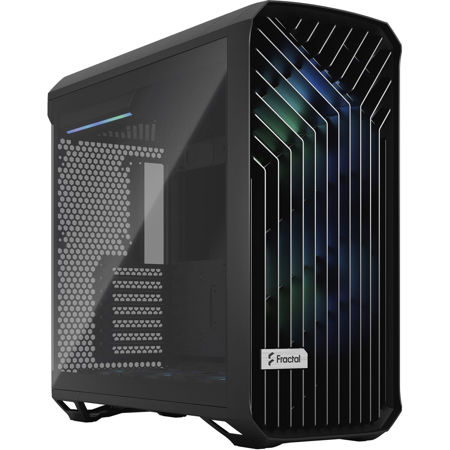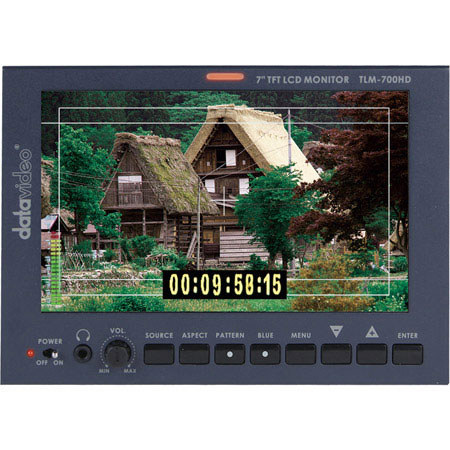Resolution Charts
In the world of imaging, precision and clarity are not just desirable—they’re essential. Resolution charts serve as the gold standard for professionals and enthusiasts who demand the highest level of performance from their cameras, lenses, and video equipment. Whether you’re a seasoned cinematographer fine-tuning your rig for a film shoot, a quality assurance specialist in a bustling production studio, or a passionate photographer striving for edge-to-edge sharpness, resolution charts are invaluable tools for evaluating and calibrating image quality. These charts provide a controlled, repeatable way to measure resolving power, contrast, and optical aberrations, making it possible to push your equipment to its limits and ensure every shot meets your exacting standards. As autumn’s crisp light brings out the vibrant hues and intricate details of the changing landscape, photographers and videographers alike find themselves reaching for their resolution charts to verify that their gear is ready to capture every nuance of the season.
Selecting the right resolution chart involves considering your specific workflow and the type of equipment you use. Video resolution charts are tailored for those working in motion picture and broadcast environments, offering patterns and markings that help identify moiré, aliasing, and the true resolving capability of cameras and lenses across different resolutions. Camera test charts and camera resolution charts, meanwhile, are designed for still photography and scientific imaging, providing precise targets for autofocus calibration, lens comparison, and sensor evaluation. These charts are often gifted to students in photography programs, lab technicians, and even hobbyists who are eager to understand the technical aspects of their craft. The satisfaction of seeing your camera’s performance quantified—of knowing exactly where your lens excels or where it might need adjustment—brings a sense of mastery and confidence that translates directly to better results in the field or studio. As the days grow shorter and the golden hour becomes more fleeting, having a reliable resolution chart on hand ensures that every moment you capture is rendered with the sharpness and fidelity it deserves.
For those seeking even greater control over their imaging workflow, pairing resolution charts with other calibration tools can make a significant difference. Many professionals supplement their setups with color targets and grayscale references, ensuring that both sharpness and tonal accuracy are optimized. If you’re interested in expanding your toolkit, explore our selection of Grayscale Charts for comprehensive calibration options. Whether you’re preparing for a high-stakes commercial shoot, documenting scientific experiments, or simply pursuing the highest quality images for your personal portfolio, investing in the right resolution charts is a step toward uncompromising image excellence. The attention to detail that comes from regularly testing and calibrating your equipment pays dividends in every project, helping you capture the world with clarity, confidence, and creative freedom.
Selecting the right resolution chart involves considering your specific workflow and the type of equipment you use. Video resolution charts are tailored for those working in motion picture and broadcast environments, offering patterns and markings that help identify moiré, aliasing, and the true resolving capability of cameras and lenses across different resolutions. Camera test charts and camera resolution charts, meanwhile, are designed for still photography and scientific imaging, providing precise targets for autofocus calibration, lens comparison, and sensor evaluation. These charts are often gifted to students in photography programs, lab technicians, and even hobbyists who are eager to understand the technical aspects of their craft. The satisfaction of seeing your camera’s performance quantified—of knowing exactly where your lens excels or where it might need adjustment—brings a sense of mastery and confidence that translates directly to better results in the field or studio. As the days grow shorter and the golden hour becomes more fleeting, having a reliable resolution chart on hand ensures that every moment you capture is rendered with the sharpness and fidelity it deserves.
For those seeking even greater control over their imaging workflow, pairing resolution charts with other calibration tools can make a significant difference. Many professionals supplement their setups with color targets and grayscale references, ensuring that both sharpness and tonal accuracy are optimized. If you’re interested in expanding your toolkit, explore our selection of Grayscale Charts for comprehensive calibration options. Whether you’re preparing for a high-stakes commercial shoot, documenting scientific experiments, or simply pursuing the highest quality images for your personal portfolio, investing in the right resolution charts is a step toward uncompromising image excellence. The attention to detail that comes from regularly testing and calibrating your equipment pays dividends in every project, helping you capture the world with clarity, confidence, and creative freedom.
